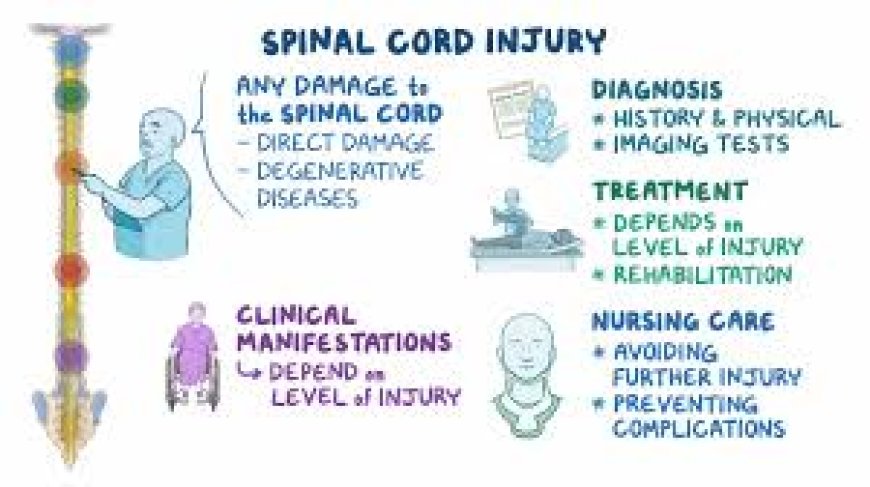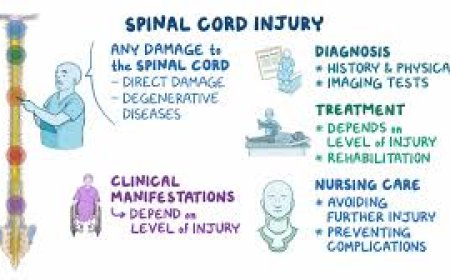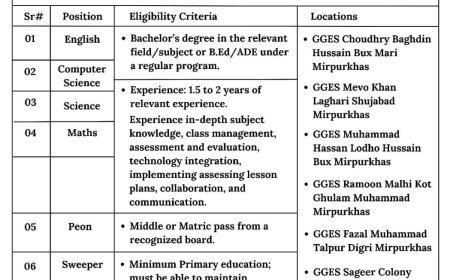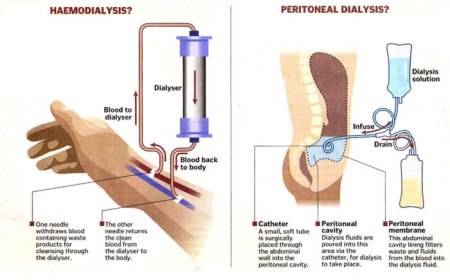Lecture 1st aid
Topic Spinal Care in transport of injured Patient
In any accident — road traffic, fall from height, sports injury, or violence — spinal injury must always be suspected until proven otherwise. Improper handling can convert a survivable injury into a permanent disability such as paralysis.
🧬 2. Anatomy & Importance of the Spine
The spinal column is made of 33 vertebrae and houses the spinal cord, a vital part of the central nervous system.
It is responsible for transmitting signals between the brain and the body.
If the spinal cord is damaged:
Signals below the injury level may be lost.
This can cause paralysis, loss of sensation, or even respiratory failure if the injury is high in the neck (cervical spine).
🚨 3. Recognizing Possible Spinal Injury
Always suspect spinal injury in:
Road traffic accidents, especially with head or neck impact
Falls from height
Diving accidents
Direct blows to the back or neck
Unconscious or confused patients
Warning signs:
Pain or tenderness along the spine
Numbness, tingling, or weakness in limbs
Loss of movement or bladder/bowel control
Visible deformity or abnormal position of the neck/back
If any of these are present → Treat as spinal injury.
🧍♂️ 4. Principles of Spinal Care
Main goal:
👉 Prevent further injury to the spinal cord during movement or transport.
Golden rule:
“Once the spine is injured, any movement can make it worse.”
So, the patient must be handled, moved, and transported in a way that keeps the head, neck, and spine in one straight line — called spinal alignment.
🧰 5. Essential Equipment
Cervical collar – to immobilize the neck
Spinal board (long backboard) – to transport the patient flat
Head immobilizers and straps – to prevent rotation
Blanket rolls or sandbags – can substitute if equipment is unavailable
🏥 6. Steps for Safe Transport
🅰️ Step 1: Scene Safety and Assessment
Ensure the scene is safe.
Do not rush.
Assess for breathing and circulation without moving the neck.
🅱️ Step 2: Manual Stabilization
One rescuer holds the head in line with the body using both hands.
Maintain this position throughout until the cervical collar and board are in place.
🅲 Step 3: Apply Cervical Collar
Fit the collar snugly around the neck to limit motion.
Do not hyperextend or flex the neck while applying.
🅳 Step 4: Log Roll Technique (if needed)
Used to move a patient onto a spine board:
Requires at least three trained rescuers:
One stabilizes the head and gives commands.
Others roll the patient in one smooth motion.
Roll just enough to place the board under the patient, keeping the spine straight.
🅴 Step 5: Secure and Transport
Strap the patient at chest, hips, and legs.
Immobilize the head using blocks or rolled blankets.
Reassess airway, breathing, and circulation after immobilization.
Move smoothly — no jerky or twisting motions.
🧩 7. Special Considerations
Unconscious patients: Maintain airway using jaw-thrust (not head tilt–chin lift).
Pregnant women: Tilt slightly to the left to avoid pressure on major blood vessels.
Children: Use padding under shoulders to maintain alignment due to large head size.
⚠️ 8. Common Mistakes to Avoid
Pulling the patient by the arms or legs
Twisting the spine while lifting
Allowing the neck to flop or move during transfer
Failing to secure straps or head immobilization
Neglecting airway management while focusing only on the spine

 Like
0
Like
0
 Dislike
0
Dislike
0
 Love
0
Love
0
 Funny
0
Funny
0
 Angry
0
Angry
0
 Sad
0
Sad
0
 Wow
0
Wow
0




























